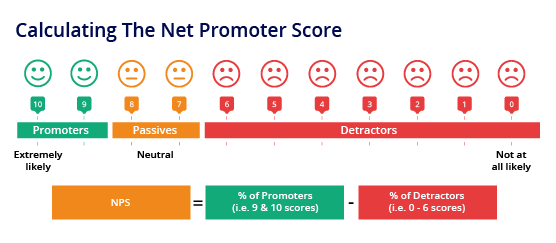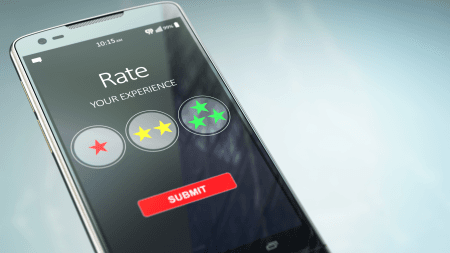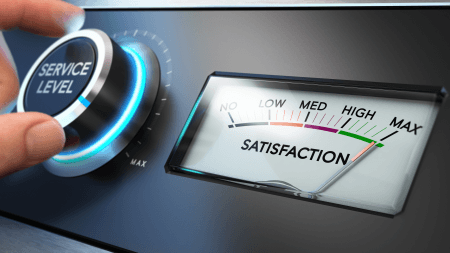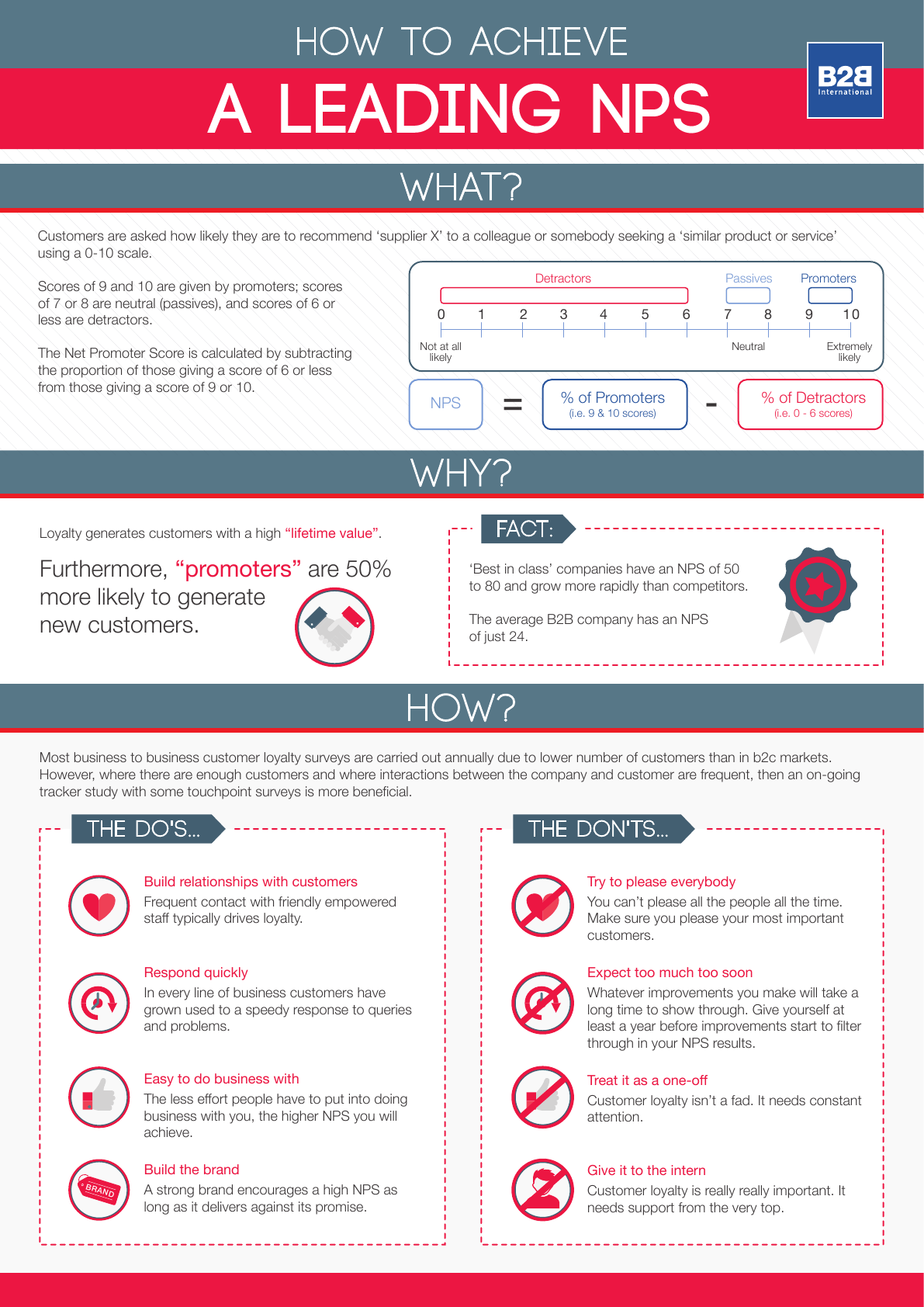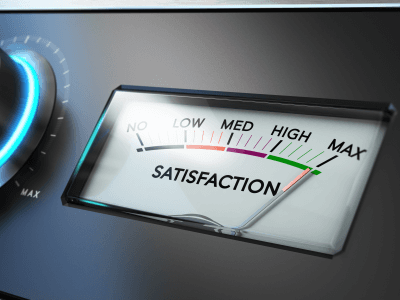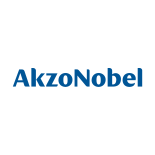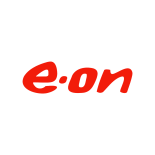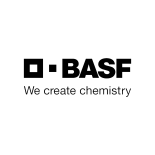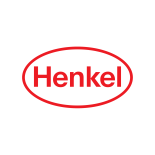No other metric has grabbed the attention of businesses like the Net Promoter Score (NPS). This simple measure is computed from answers to the question:
How likely are you to recommend brand X to a colleague using a scale from 0 to 10 where zero means not at all likely and ten means very likely?
The score is computed by taking the percentage of people who give a score of 9 or 10 out of 10 (the promoters) and subtracting the percentage of people who give a score of 6 or below (the detractors). Crucially, those giving a score of 7 or 8 are ignored (the passives).
Note: it makes no material difference if the scale is from 1 to 10 (as opposed to 0 to 10) because anyone giving a score of 6 or below is, in effect, a detractor.
